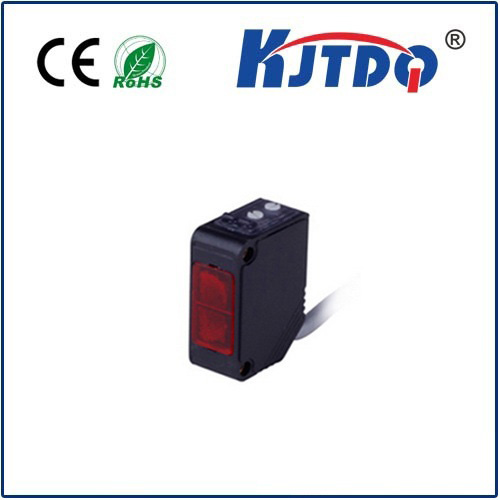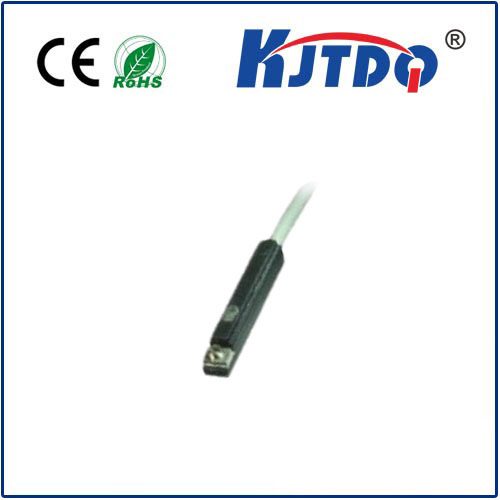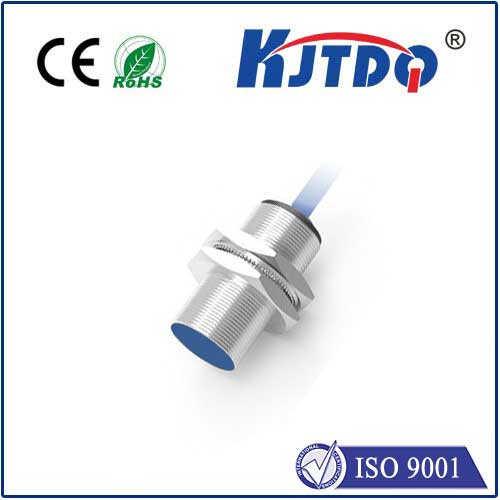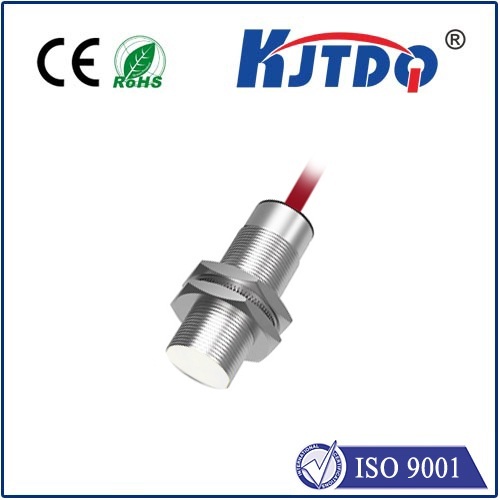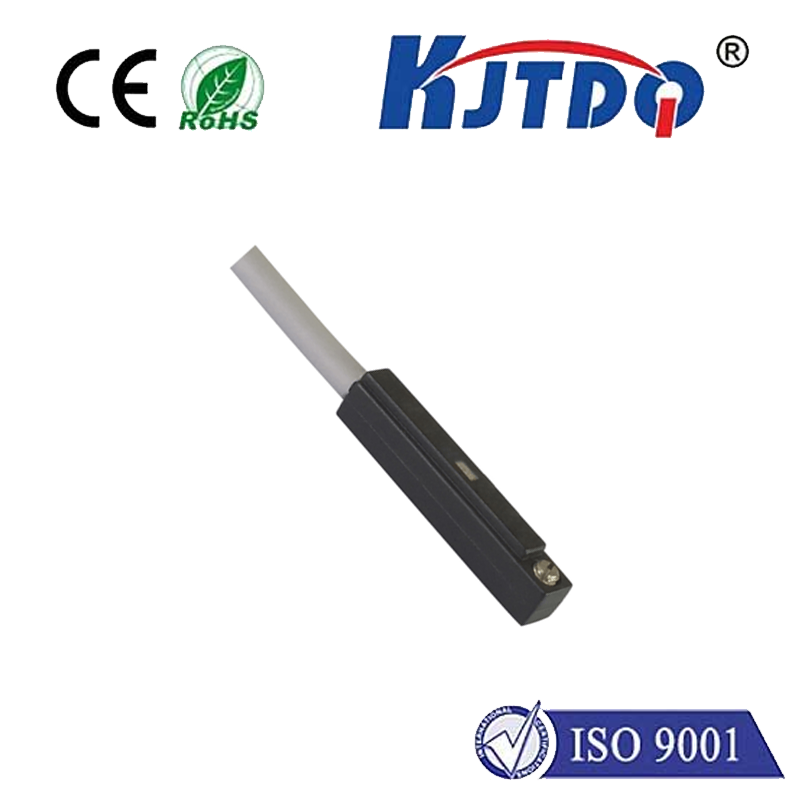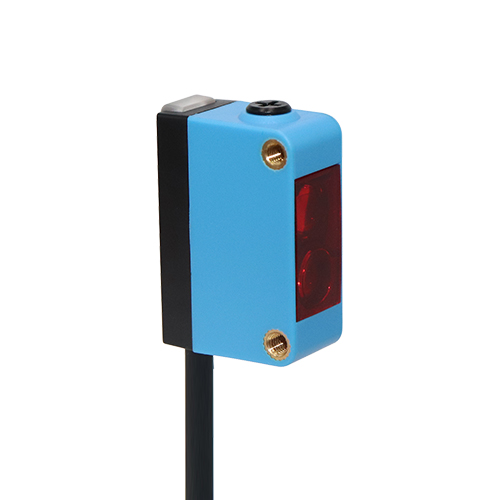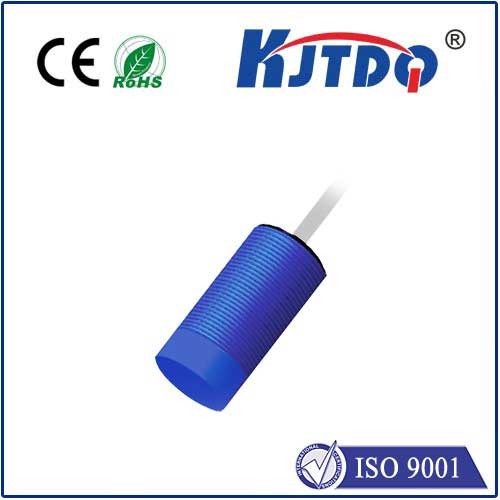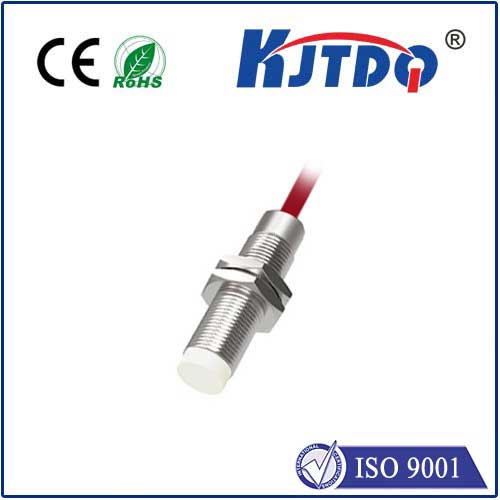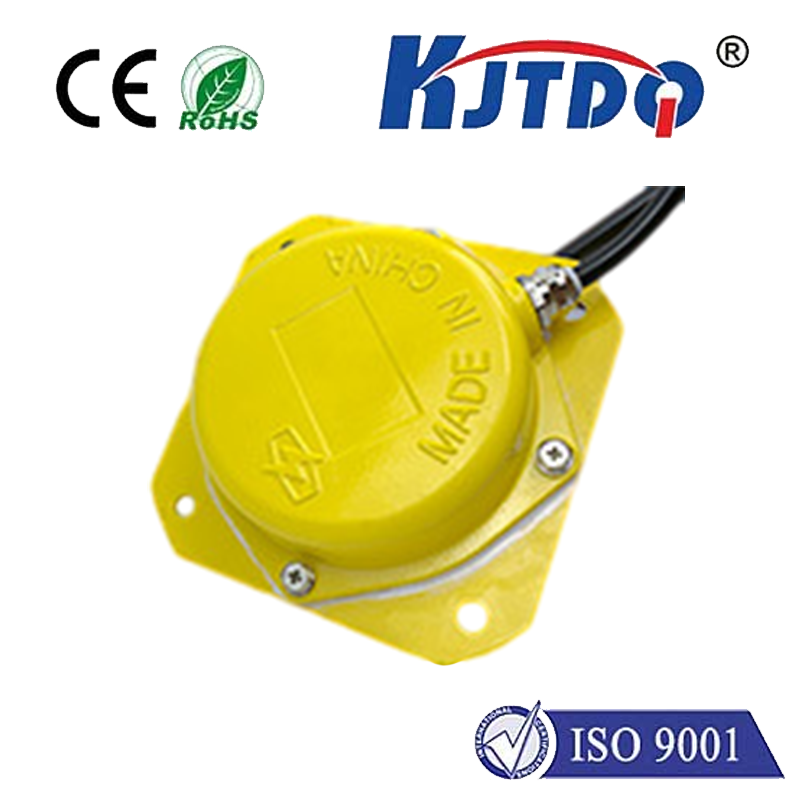
check

check

check

check
Safety Limit Switches: Ensuring Optimal Performance and Protection
In the world of manufacturing, machinery safety is paramount. One crucial aspect of maintaining a safe working environment is the use of safety limit switches. These devices play a vital role in ensuring that machinery operates within safe parameters, preventing accidents and equipment damage. In this article, we will explore the importance of safety limit switches and how they contribute to optimal performance and protection in industrial settings.
Firstly, let us define what a safety limit switch is. A safety limit switch is an electromechanical device that detects the presence or absence of an object, such as a machine component or personnel, within a designated area. It sends signals to the control system, which can then initiate appropriate actions, such as stopping the machine or sounding an alarm. Safety limit switches are designed to prevent injuries, property damage, and process disruptions by detecting potential hazards and taking corrective measures before harm occurs.

The primary function of a safety limit switch is to act as a safeguard for both workers and equipment. By monitoring the position of machine components and detecting any deviations from normal operation, safety limit switches can trigger emergency stops or alerts when necessary. This helps to minimize the risk of accidents caused by malfunctioning equipment or operator error. Additionally, safety limit switches can also protect against unauthorized access to hazardous areas, further enhancing overall workplace safety.
Another key benefit of using safety limit switches is their ability to improve equipment performance and efficiency. When machinery operates within its intended parameters, it functions more smoothly and effectively, reducing downtime and maintenance costs. Safety limit switches help ensure that machines operate at their optimal level by providing feedback on their status and enabling timely adjustments if needed. Furthermore, by preventing accidents and minimizing equipment damage, safety limit switches contribute to longer equipment lifespan and reduced repair expenses.
Incorporating safety limit switches into a manufacturing process requires careful consideration of various factors, including the type of machinery being used, the specific hazards present, and the desired level of protection. There are several types of safety limit switches available, each with its own set of features and capabilities. Some common types include mechanical switches, magnetic switches, photoelectric sensors, and laser scanners. The selection of the appropriate safety limit switch depends on the application requirements, environmental conditions, and budget constraints.
Proper installation and maintenance of safety limit switches are essential for their effective operation. All personnel involved in the setup and use of these devices should receive proper training on their functions and limitations. Regular inspections and testing should be conducted to ensure that safety limit switches are functioning correctly and provide adequate protection. Any issues identified during these checks should be promptly addressed to avoid potential safety risks.
In conclusion, safety limit switches play a critical role in ensuring optimal performance and protection in industrial settings. They serve as essential safeguards for both workers and equipment by detecting potential hazards and taking corrective measures before harm occurs. By improving equipment efficiency, reducing downtime, and minimizing maintenance costs, safety limit switches contribute to enhanced productivity and profitability. As technology continues to advance, the importance of incorporating safety limit switches into manufacturing processes will only grow, making them an indispensable component of modern industrial operations.
